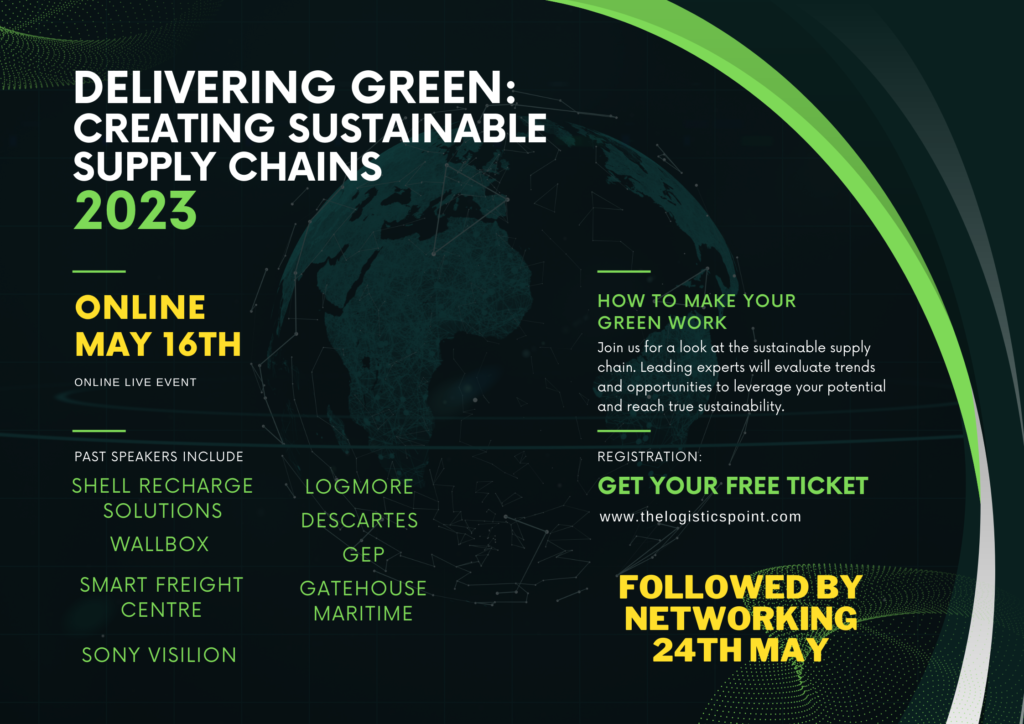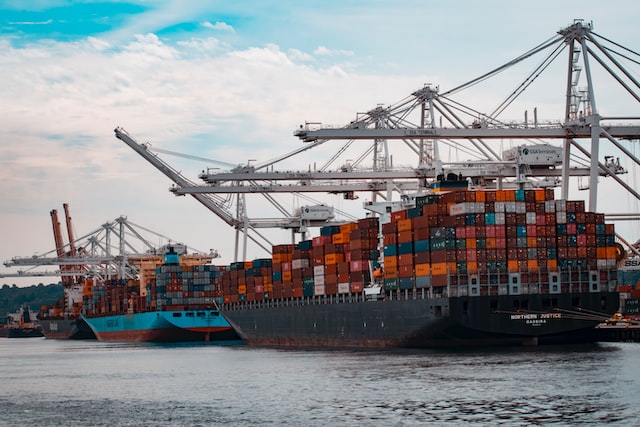By Sarah Barrett, Product Insights at Wärtsilä Voyage
The maritime industry is a critical part of the global economy, supply chains and logistics. Commercial shipping alone is responsible for carrying 90% of world trade and estimates from the International Chamber of Shipping indicate that around 11 billion tons of goods are transported by ships each year, from raw materials to consumer goods.

With this huge context in mind, data and digitalisation have the potential to revolutionise the industry, making it safer, more efficient and greener. We have already seen how, in recent years, the maritime sector’s digital transformation has accelerated as ship managers, owners and operators increasingly understand the benefits new technologies can unlock within their operations, as well as how it can help them more efficiently and effectively fulfil their key role in the wider supply chain.
With the maritime industry facing an evolving regulatory landscape, rising fuel costs and complex people management, data-driven decision-making will be invaluable in helping maritime organisations navigate today’s complex market conditions, whilst at the same time, improving the speed, accountability and alignment of decisions with business and commercial objectives.
Data and carbon intensity
Data collection and digitalisation have been part and parcel of the industry since the International Maritime Organisation (IMO) instigated its Data Collection System on 1 January 2019. It followed the EU’s Monitoring, Reporting and Verification (MRV) regional system by a year, both collecting critical fuel usage data.

The next global data collection development, the IMO’s Carbon Intensity Indicator (CII) regulations, will enter into force on 1 January 2023 and using data to underpin both day-to-day and strategic decisions will become even more important.
The CII is a descriptor of how efficiently a ship transports goods or passengers measured in terms of grams of CO2 emitted per cargo-carrying capacity, per nautical mile. It is a changing, operational indicator, rather than a one-off metric – making it a job for smart digital technology and data rather than a spreadsheet.
Complying with the requirements of the regulations will force the commercial shipping fleet into vessel efficiency categories (A to E) based on historical, annualised CO2 emissions data, and charterers are encouraged to incentivise improvement by only choosing high category vessels.
This means that owners and operators will need ways to make informed decisions to improve their vessels’ CII ratings quickly and cost-effectively in the short term, whilst also keeping a long-term view in mind ahead of the 2025 toughening of the regulations.
Having said that, as the maritime industry’s digital ecosystem and data needs become increasingly complex, it’s important that digital solutions don’t cause fragmentation.

Fragmented digital ecosystem
For some companies – and particularly the crew tasked with efficient vessel operations – shipping’s digital era has not yet led to more accountability or optimised outcomes. Instead, it has created a world where the industry is relying on complicated, fragmented solutions that do not communicate with each other and still require a significant amount of manual, often duplicated, intervention to properly leverage. Moreover, shipping already gathers a vast amount of data that is not ultimately used.
The solution to better data use lies in breaking down data silos and ensuring that information can be used effectively by counterparties, be those cargo owners and charterers, ports, or other actors in the global supply chain. This need for a holistic, yet flexible, solution is behind Wärtsilä Voyage’s Fleet Optimisation Solution (FOS), for example.
The company argues that all players in the supply chain can only unlock the benefits of data and digitalisation when they use solutions that work together to connect the dots.
Port call optimisation
For example, one of the main sources of inefficiencies in maritime transportation is the time spent in port waiting for a berthing slot. According to multiple studies, container ships, for example, spend an average of 6% of their time at anchor waiting for a berth. This results in extra fuel consumption, higher emissions, and congested ports.
Picking up the example of Wärtsilä’s FOS, users can integrate the company’s Navi-Port system to facilitate the exchange of real-time data between ships and their destination ports to allow accurate arrival times.
The system exchanges required time of arrival digitally with the onboard navigation system and allows a ship’s speed schedule to be adjusted for a Just-in-Time (JiT) arrival by the clicking of one button. By enabling this level of transparency and speedy decision-making can help users to unlock potential fuel savings and reduce waiting times at anchor.
By showing ETAs and enabling cargo delivery planning, digitalisation like this can also enable assurance and resilience in the rest of the supply chain. Meanwhile, digital technology can also contribute to lower freight costs through improving fuel efficiency. Shoreside staff can plan a route in partnership with a Master, who then executes the plan, before operations teams then analyse vessel performance.
It is important, however, to consider the challenges still faced when it comes to speeding up JiT arrival adoption across the industry, especially from a contractual point-of-view. This is primarily because there is no widely used industry standard clause for JiT Arrival that is included by default in the charter party.
What’s promising though is that more and more organisations, like BIMCO – the world’s largest direct-membership organisation for shipowners, charterers, shipbrokers and agents – are developing their own clauses for JiT arrival implementation.
There are still many potential issues here, such as with understanding the liabilities of JiT arrival, how costs/revenues are calculated and shared, for example, but the industry is definitely moving in the right direction.
Teamwork makes the data dream work
The industry is already moving to further a global approach to overcoming operational challenges. Shipowners are collaborating on the development of industry standards through initiatives such as the establishment of the Digital Container Shipping Association (DCSA) in the container vessel market. Many shipowners have also been active participants in the STM program, the IMO Global Industry Alliance, and the Port Call Optimization International Taskforce.
Considerable work has already been done in the area of setting standards for port call messaging.
The STM Validation project, and its predecessors Mona Lisa and Mona Lisa 2.0, have developed the PortCDM (Port Collaborative Decision Making) approach, including the voyage exchange format (RTZ). Wärtsilä has been an active participant in the STM Validation project, and in the creation of the RTZ format, and the company’s solutions support these standards. Taking forward these learnings to generate better results in future is fundamental. The data network effect will take hold as shipping utilises more of its data. The data network effect is the positive feedback loop created when advanced software solutions interpret data.
In simple terms, the more data that is interpreted, the more robust insights are generated, and smarter products attract more users with more data.
Determining quality over quantity of data
Managing and analysing data is a skillset that is still emerging within maritime,
despite the industry generating vast amounts of data from different sources every day, and with even short voyages producing billions of data points.
Data platforms – such as FOS – unite multiple sources of information for the most accurate representation of the facts in any given situation, whether that’s emissions monitoring, performance monitoring or weather data. Understanding and being aware of own data sources and their quality gives organisations a window into every area of their vessel, supply chain and team.
This is also a key lever when considering ESG, as all shipping companies now must, with their governance competencies being rated based on the transparency and accountability score of an organisation’s management, operations and processes.
What’s next?
Digital technologies have the possibility to change the face of maritime and these are just some examples of how data and digitalisation can unlock its full potential and the considerations that are needed before we can move forward.
The bottom line is that the data revolution is here, and the industry needs to continue working together to transform both rapidly, efficiently and securely. Doing so will enable it to tackle some of the biggest global challenges we face today that span across the entire global logistics landscape, such as decarbonisation.
What’s more, while the optimisations that are being unlocked today are already making an impact, they will play an even bigger role in the future.
✷


